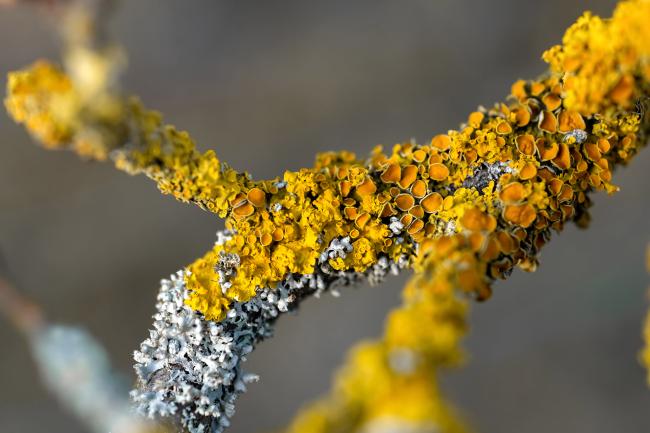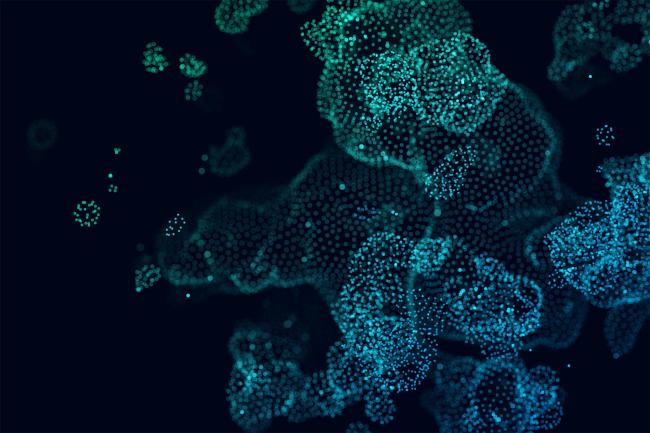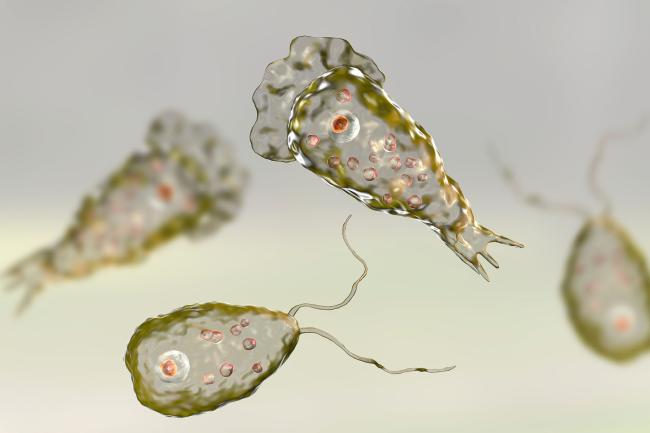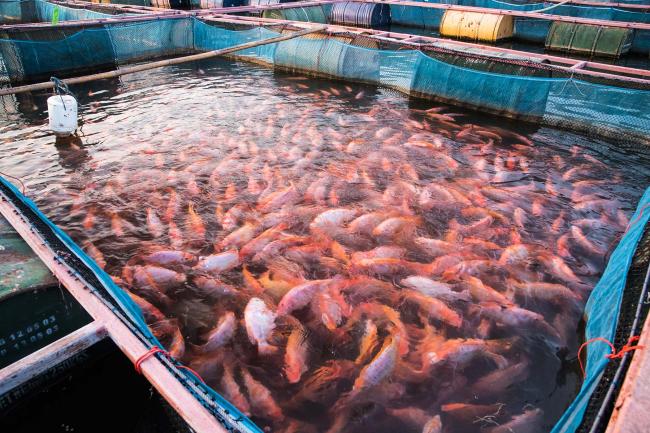Following the UK Government’s wildlife protection guidance, Group Leader at EI Wilfried Haerty, who has previously studied the ecology of the polecat and its feeding behaviour in Luxemburg, thinks the European Polecat’s expansion in the UK and decline in Europe is due to the species habitat protection.
“In Europe, the decline of the polecat is directly related to the loss of habitat including the disappearance of some of its preys (small rodents, amphibians). The protection of the polecat and landscape protection (Wildlife and Countryside Act, for instance) should have been the major factors explaining the recovery in the UK. However, this would explain only a relatively recent recovery.
In parallel, the same situation has been observed in the UK for the European Otter, covered mostly because of environment policies (pesticide bans and habitat protection).
“For the polecat, I think the most important factors are the measures taken around this species with the preservation of its habitat which should have been beneficial to many other species such as many amphibians (frog, toads and newts) that are directly threatened by the degradation of their habitat. I think this side effect can be generalised to many of the species that are currently actively protected with a recovery programme.”






















